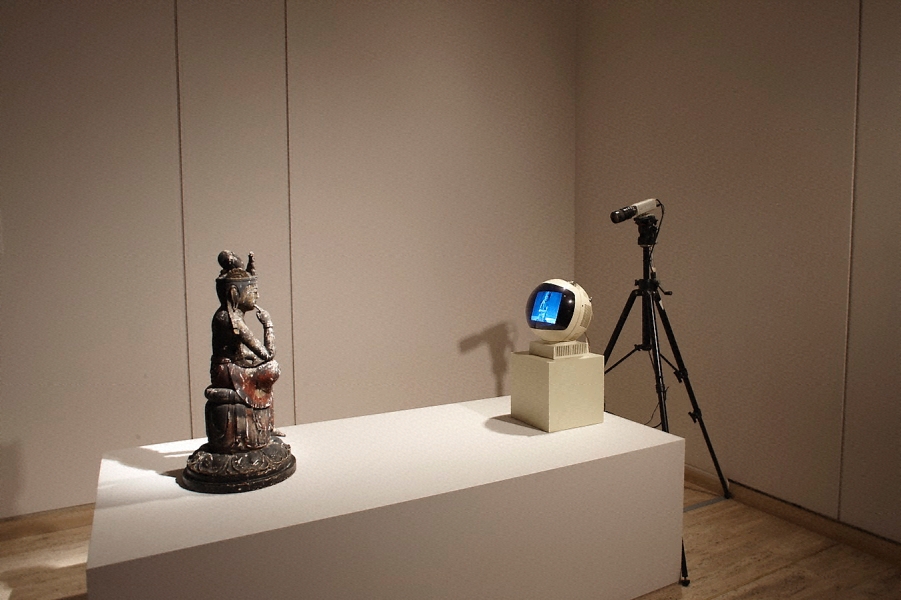Who is the practitioner (what is their name?) and when were they practicing?
Zach King (born 1990) is an American filmmaker and social media personality known for his digital ‘sleight of hand’ videos. Although his videos initially became popular on Vine, he is now mega popular on Facebook, Twitter, YouTube, Tik Tok and Instagram. He initially began posting Final Cut tutorial videos to his website and YouTube in 2008 after being unable to find any online, although he claims he made his first video at the age of seven. Due to his popularity online he has worked with many celebrities and big companies like Terry Crews, Selena Gomez, Howie Mandel, Gary Vee and many others. I chose Zach King as his videos contain a joyous feeling and are more like watching magic rather than a video. His videos manage to capture the same energy and awe as watching a Disney movie as a child. They are completely free of anything that would offend a viewer and can universally be enjoyed, no matter what race, gender or religion.
What is the title of the photo or video you have chosen to analyse (can you provide a link?)
This piece is titled ‘The Great Escape’
https://www.instagram.com/p/B9CWMT7nAzq/?utm_source=ig_web_button_share_sheet
With the photo or video, you are examining when was it produced (date)?
The video was published onto King’s Instagram account on the 27th of February 2020. However, it is assumed that is was made a lot earlier as there is a lot of effects that need to be done as well King himself mentioning in an interview he uploads three videos a week and has an archive of videos to publish in advanced. King also has many videos he is planning, filming and editing at any one time so it would be almost inconceivable for this to be uploaded on the same day it was produced.
How was the photo or video authored?
Although I don’t know exactly how it was authored, It would have been filmed on a video camera, presumably a preofessional one like a RED or a Blackmagic design camera. Along with professional lights and sounds equipment. For the actual visual effect, I would assume, in my limited visual effects knowledge, that multiple different takes were used. One of King climbing over the wall. Where a cut could be hidden to swap from King’s actual shadow to a stunt double in a green screen suit acting as his shadow to help him climb over. Later in post production the green screen stunt double would have then been turned into a silhouette by removing all colour and lower the opacity to make it look like a shadow as well as removing both King’s and the stunt doubles actual shadows. Then another separate take with the police trying to catch him, that have been stitched together. Although it is just speculation for how this video was made, King has shared that he uses techniques like this with his other videos.
How was the photo or video published?
The video was published onto King’s Instagram account on the 27th of February 2020 where it has 9.3 million views, as well as his Tik Tok account where it has 102.3 million views. It was also published in a compilation titled ‘Best of Zach King Magic Compilation 2020’ to his Facebook page where it has 3.1 million views.
How was the photo or video distributed?
The video was distributed on Instagram with the hashtags #shadow #magic and the location tagged as Folsom, California. Typically when influencers share a post they are littered with hashtags in order to reach a larger audience, however King only used the two, presumably because he is already very popular (with 23.1 million followers just on Instagram) and his videos are highly shareable in nature. Due to the combination of King’s editing magic and the videos often being under 30 seconds in length, they are shared and viewed a lot. When asked in an interview with Larry King (no relation) why his videos are so popular on (then) Vine he said because “there are short attention spans and the audience is so young, but it’s also highly shareable, you can just watch them, consume them very quickly and share them with a friend and it’s relatable, and if not you just keep scrolling down and watch more until you find one that peaks your interest.” Even if you don’t follow King chances are you have seen his videos on your social media feed.
References:
https://en.wikipedia.org/wiki/Zach_King
https://www.instagram.com/zachking/
https://zachking.store/pages/about

